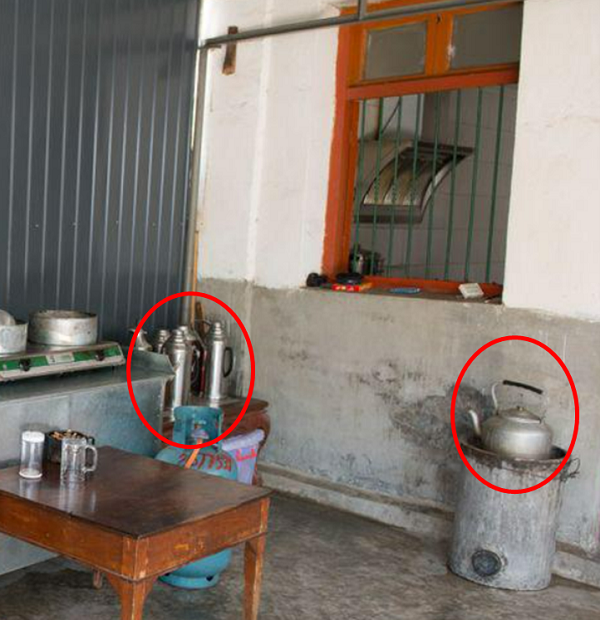[China: World Residence Tour] Why do the Chinese consumers prefer closed kitchens even though they love to talk?
- Release date: Sep 04, 2020
- Update date: Sep 05, 2025
- 20700 Views
Kitchen design considering Chinese cooking method
Stick with a closed kitchen, even at the expense of space
Open kitchens have become very popular in Japan in recent years. In particular, face-to-face kitchens and island kitchens, where people can communicate while cooking, can create an open and stylish space. Despite the fact that eating is one of the most important ways to promote communication for the Chinese, they usually keep their kitchens separate from other rooms. This is to prevent the smell of oil or cooking odors from escaping out of the kitchen. Even in condominiums in big cities like Shanghai, where room size is limited, people insist on closed kitchens, even at the expense of kitchen space. Moreover, what they sacrifice to secure a closed kitchen is a place to put the refrigerator. In many cases, the refrigerator is placed in the living room instead.
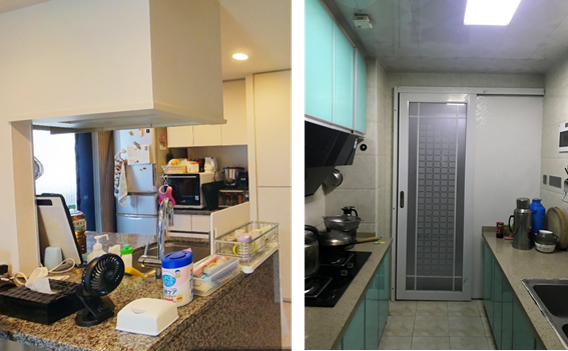
Japanese open kitchen where kitchen and dining are connected (left), slightly narrow Chinese closed kitchen (right)
(Source: Consumer Database (Consumer Life Panorama))
What is Consumer Life Panorama?
This is a website-type database that has accumulated visual data on more than 1,000 sei-katsu-sha from 18 countries around the world. The database includes many 3D models of living environments and 2D data of items owned by each sei-katsu-sha, and is useful for understanding overseas sei-katsu-sha, which is difficult to grasp using only letters and numbers.
Using visual data such as those cited in this column,
Compare the differences in the attributes of overseas consumers
To get a realistic understanding of the actual usage of each category
To understand the overall lifestyle of target consumers
etc., can be utilized as a “no-go” home visit survey.
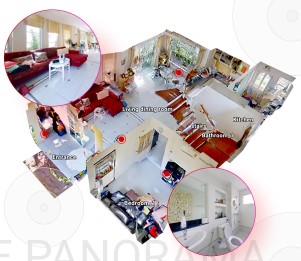
To ventilate the room efficiently
A closed kitchen can minimize the impact of cooking on the dining and living room, but cooking in there can be a little uncomfortable due to the oil fumes, steam, and odors that can be trapped in the space. For this reason, a few adjustments need to be made when designing the kitchen.
The first one is the range hood. Needless to say, the range hood is an essential part of the kitchen as it serves to vent oil smoke, steam and odor generated while cooking to the outside. In Japan, according to the Fire Service Act, the Fire Prevention Ordinance and the Building Standards Act, the height of the range hood must be 80 to 100 cm away from the bottom edge of the range hood from the heating appliance. This height may be just right for the average Japanese household, but for Chinese kitchens, it is too far. In order to ventilate efficiently, it is common in China for the height of the range hood to be 65 to 75cm away from the bottom edge of the range hood from the heating appliance. Even if they hit their heads occasionally.
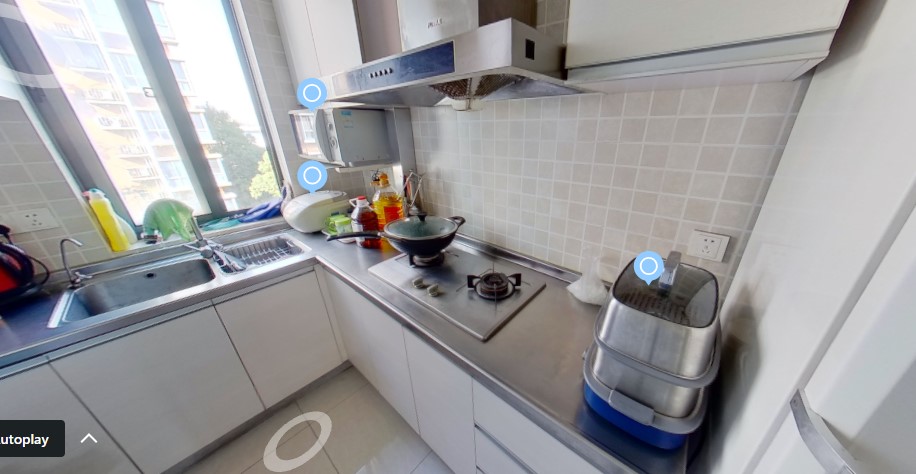
Range hoods around 65cm in height (Source: consumer life database Consumer Life Panorama,CN_132)
Furthermore, if you observe Chinese kitchens closely, you will find that they usually have windows for ventilation. Despite the fact that powerful range hoods are now available on the market, it seems that they still need a window to feel safe. When cooking, turn on the range hood and leave the window open at the same time. In this way, they can ventilate the house as quickly as possible with a double effect.
Various ways to use the kitchen sink
For typical Japanese households, there are usually one sink and one faucet. On the other hand, Chinese families often add a sink or faucet if they have a little extra space. They use main sink for washing dishes, pots, and pans, and the other one is for washing vegetables. There are two main uses for the vegetable sink. One is for soaking. Chinese people are concerned about pesticide residue, so they soak their vegetables in plenty of water before they are cooked. The other is for draining. In China, there are many kinds of vegetable stir-fries. If the water is not drained thoroughly, there is a danger of oil splashing while cooking.
In addition, although it is not common among young people nowadays, in the kitchen sink of middle-aged/elderly Chinese households, you may see what looks like a washtub. In the old days, in order to save water, the water after washing vegetables was stored in the tubs and used twice for washing toilets. You can see that the lifestyle habits of those days when they were not wealthy still remain.
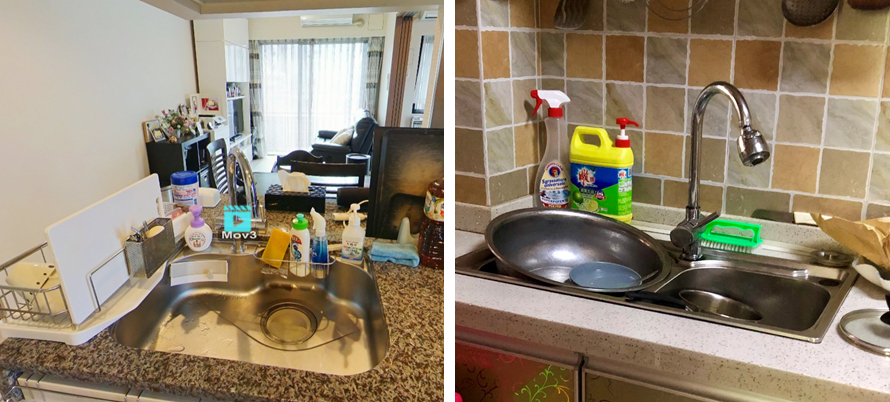
Japanese kitchen sink (left) and Chinese kitchen sink (right)
(Source: Consumer Database (Consumer Life Panorama))
-

Author profile
Mr. Yang Yan
A Chinese researcher living in Japan, sharing the life styles of consumers overseas, mainly in China. Recently while I've been living in “Stay Home” days due to COVID-19, I've been cooking for myself more often.
-

Editor profile
Mr. Yusuke Tatsuda
Is in charge of creating the Global Market Surfer website. After conducting interviews with Chinese consumers, I was awakened to the "yin and yang of food".
 Global Market Surfer
Global Market Surfer CLP
CLP


